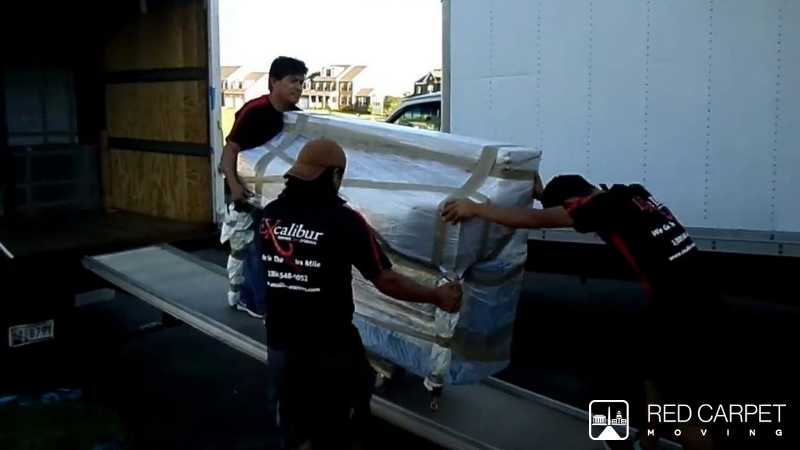Moving is always a huge hassle, and packing your kitchen and cookware is often one of the most challenging aspects. The kitchen is full of fragile and oddly shaped items, and ensuring that everything arrives at your new home intact requires careful planning and organization.
As a vital part of a house, the kitchen is often the last room to be packed and the first to be unpacked. In this guide, we will introduce some practical tips and steps on how to pack your kitchen and cookware for a smooth transition to your new space.
Taking care of fragile items
The kitchen is filled with fragile items, such as mugs, ceramic plates, and pottery, that require your utmost care. You can protect them from damage by learning how to pack them the correct way. To ensure they arrive at your new home unscathed, pack them in sturdy reusable bins or moving boxes filled with packing peanuts or bubble wrap. Label the boxes clearly with “fragile” and the contents, such as “fragile glass dishes.”
Smaller items on the sturdier side, such as pots and pans, can be tricky to pack, too. This is especially true for irregular and odd-shaped ones. Use a generous amount of packing paper or bubble wrap to protect them from potential breakage. For small appliances, utilize their original packaging if available, or integrate them into boxes alongside other kitchen items.
Moving furniture and cabinets
Moving furniture is always tricky, but you can do a few things to make it easier. Taking things apart will make the furniture much lighter and easier to move. Before moving your cabinets and drawers, remove all screws from the cabinet doors and drawer fronts to make them easier to move. Then, keep all the screws in a plastic bag to prevent losing them and being unable to reassemble the furniture in your new home.
Remember to empty your cabinets and drawers, too. Then, pack everything into boxes labeled with the contents and the room in which they belong.
To transport them easily, you can use furniture sliders or moving blankets to slide heavy pieces across the floor. This not only protects your floors but also minimizes strain on your back during the move.
Handling big kitchen appliances
What items are most expensive to move? The answer is big kitchen appliances. Therefore, you should do the moving properly to avoid costly damage. Unplug your appliances from their energy sources ahead of time and empty them. If you have multiple refrigerators, it is a good idea to defrost them at least 24 hours before the move.
If you still keep the original boxes, you should pack your appliances with them. Otherwise, you can opt for blankets and packing tape to protect them from scratches and bumps.
However, suppose you’re not confident in your abilities to pack large, valuable appliances like stoves and ovens. In that case, it is best to leave them to professionals who have the necessary knowledge and tools to move them safely.
Book a moving service
It goes without saying that homeowners spend hours and hours packing things in the kitchen, but it doesn’t always have to be that way.
To avoid wasting your time, you can book a moving service with professionals who help you pack efficiently and cautiously.
Hiring booking companies or services gives you several advantages, as you have trained manpower under your command. Trained professionals are well-equipped to keep your appliances intact and fully functioning when you arrive at your destination.
By following these steps, you can streamline the packing process and ensure the safety of your kitchen and cookware during the move. Remember, a well-organized and securely packed kitchen makes settling into your new home much more enjoyable.


